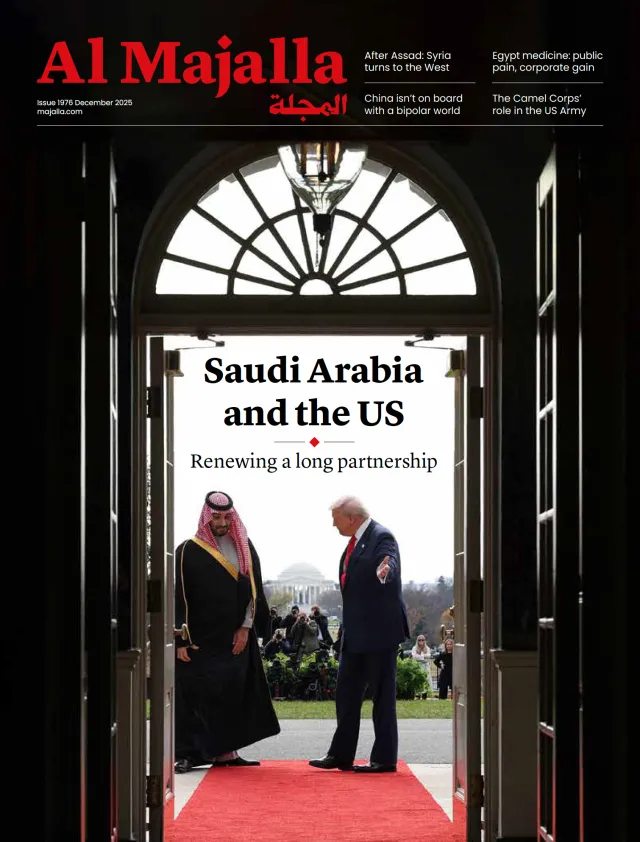Two years ago this week (15 April), war broke out in Sudan that few anticipated would escalate so rapidly or persist for so long. What began as a violent power struggle has become one of the worst and most neglected humanitarian crises of our time. The country has been plunged into a state of devastation marked by mass displacement, hunger, violence and disease.
The numbers are staggering. More than 30 million people need humanitarian aid. Over 15 million people are currently displaced. Some 11.3 million are displaced inside Sudan, and 3.9 million people have fled to neighbouring countries, making this the world’s largest displacement crisis. More than 20 million people urgently need access to health care.
Behind these numbers are millions of individual stories. Parents fear for the life of their child suffering from severe malnutrition—families are stranded in areas with no food, safe water or medical care. Women, men and children are dying because it is too dangerous to go to a health centre. Meanwhile, a whole generation of children is missing out on routine vaccinations.
When I visited Sudan last September, I met Soueda, a bright 9-year-old girl who fled her hometown and was living in a displacement camp in Port Sudan, where the World Health Organisation supports primary health care services. She left everything she knew behind and told me she hadn’t been to school in two years.
In Port Sudan, WHO colleagues spoke with Ashwa and her youngest child, who was being treated for severe acute malnutrition at one of the WHO-supported stabilisation centres operating there. “When my baby stopped taking any food or drink, and stopped moving, with swelling in his arms, I knew his life was in grave danger,” she said while holding her son.




